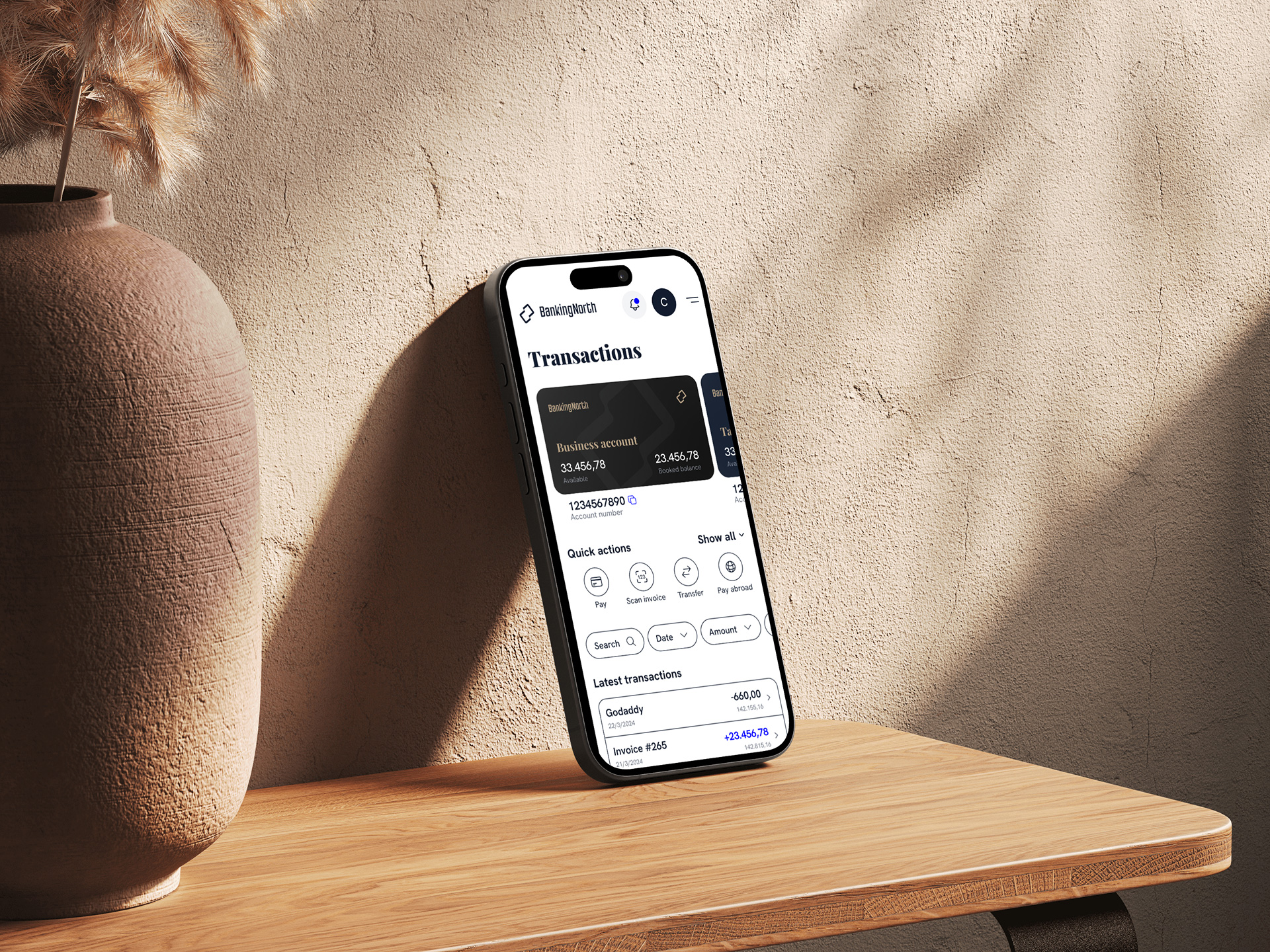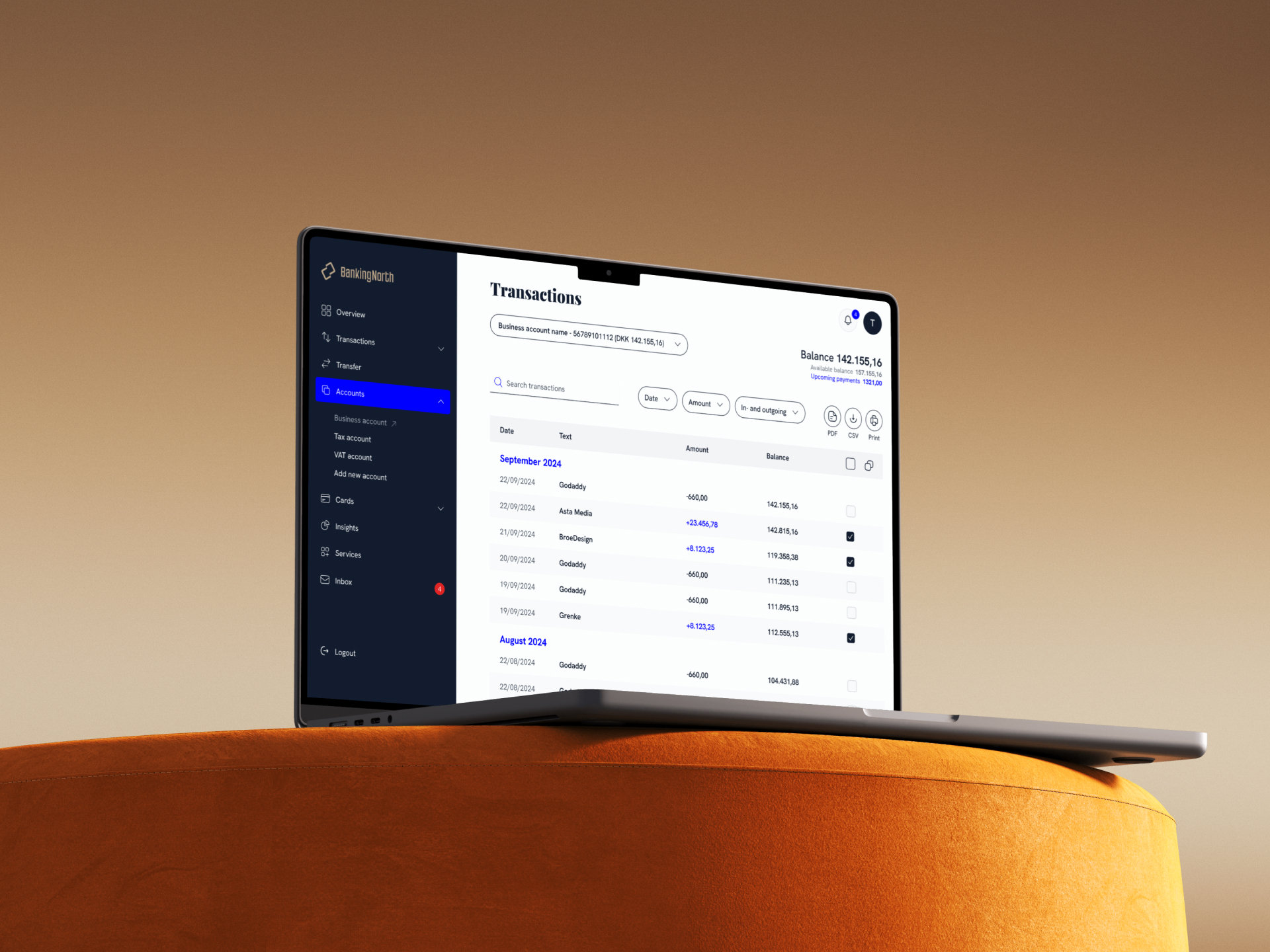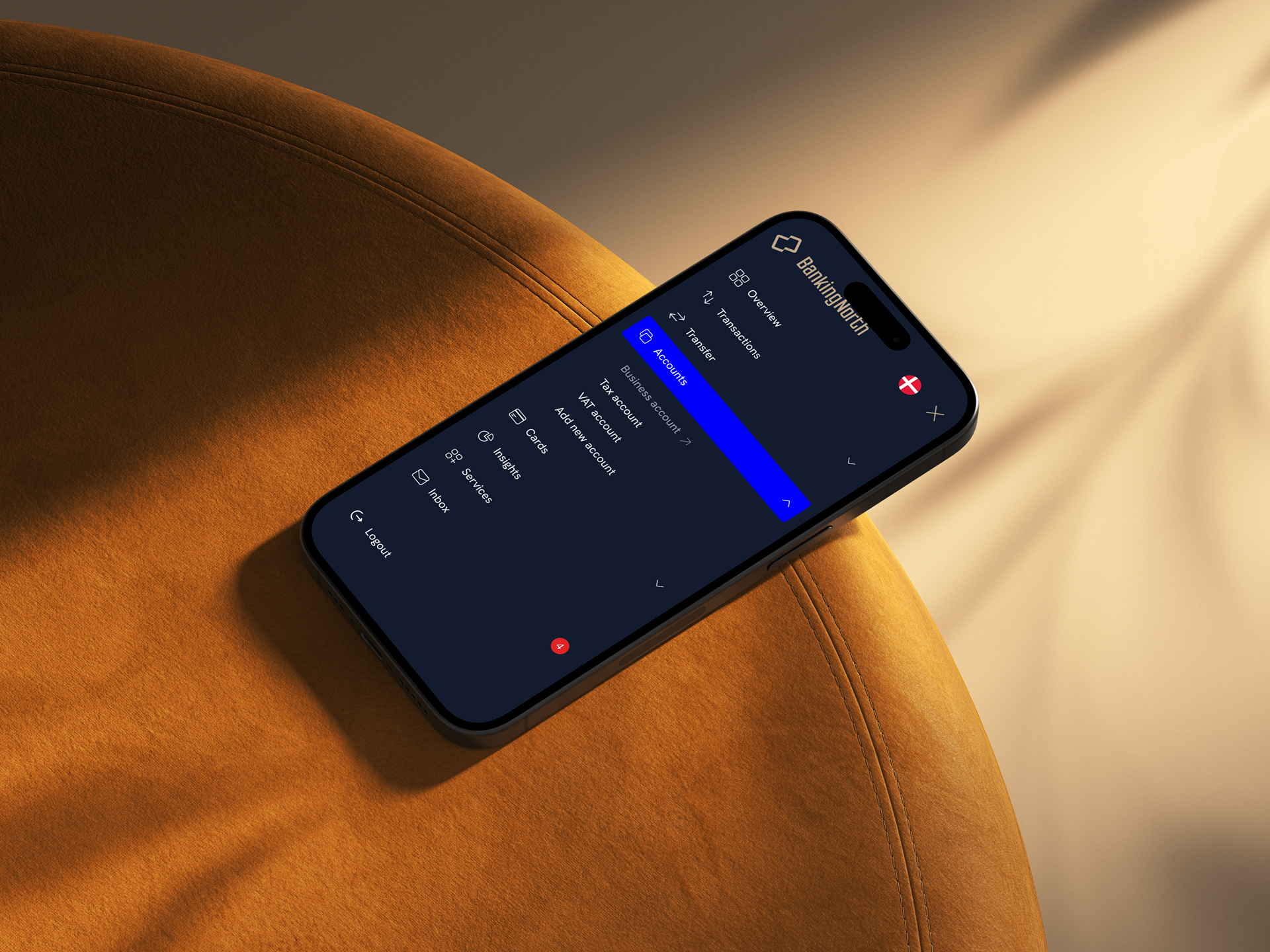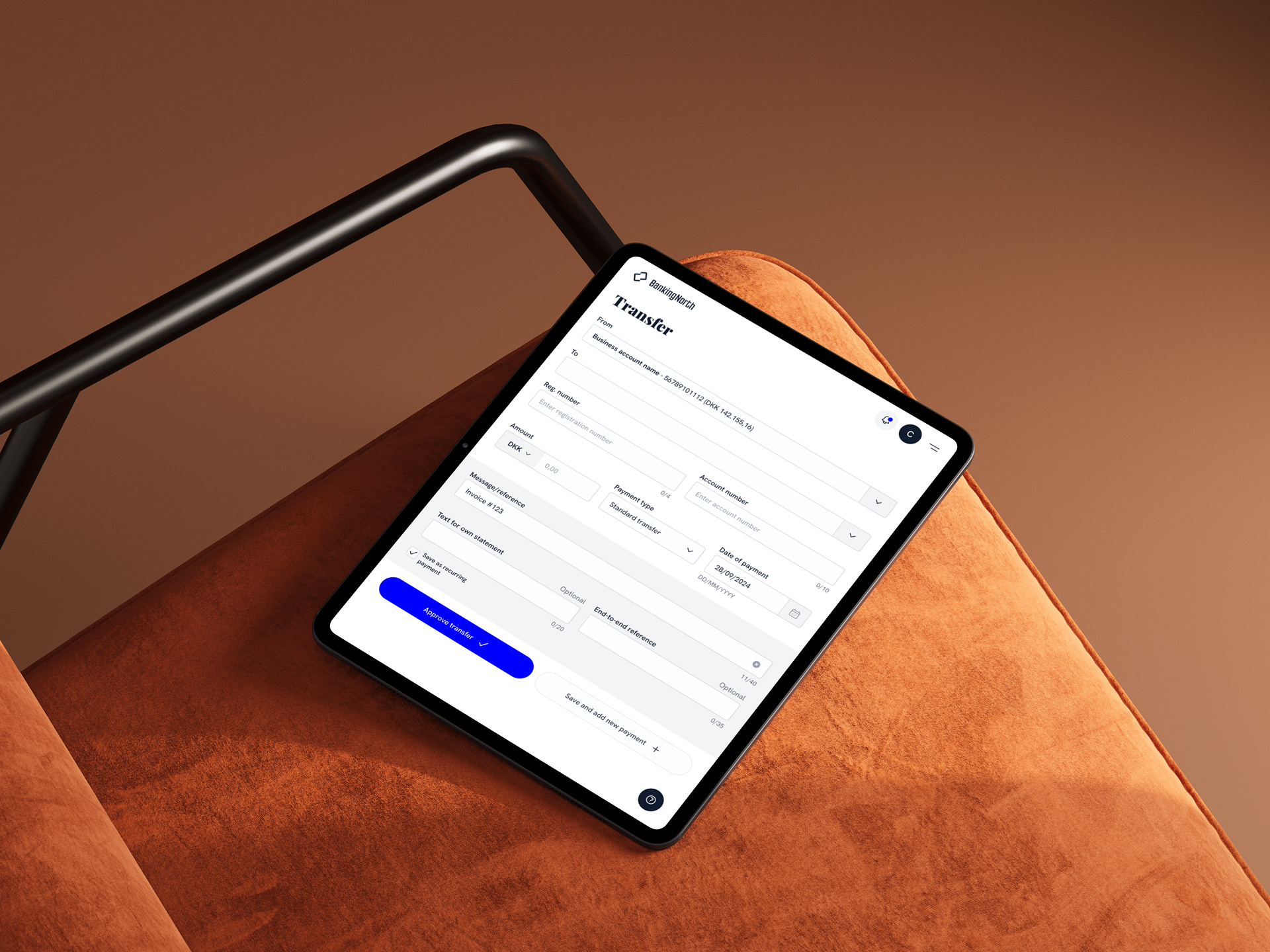Why hiring a UI/UX designer with development experience can save you time and money


When planning a digital product—whether it’s a mobile app, SaaS platform, or internal tool—most businesses think in silos: hire a designer for the visuals, then a developer to build it.
But here's the truth: hiring a UI/UX designer with development experience can be one of the smartest investments you make. It leads to faster delivery, smoother collaboration, and fewer costly mistakes. In this post, I’ll break down exactly why—and how this hybrid skill set can benefit your next project.
1. Design That’s Built for Reality, Not Just Aesthetics
A designer who understands development won’t just create a beautiful UI—they’ll design with implementation in mind.
What that means:
- UI components that follow system constraints
- Layouts optimized for responsiveness and code efficiency
- Design systems that map to real-world frameworks (like React Native, Tailwind, etc.)
- Avoiding edge cases that break in code
Result? Less back-and-forth between design and dev teams, and fewer redesigns once the code hits production.

2. Smoother Handoff = Faster Launch
Design-to-development handoff is often a bottleneck. Miscommunication, missing assets, unclear flows—these delays add up.
But when your designer speaks dev, you get:
- Well-organized Figma files ready for handoff
- An understanding of how to structure components for reuse
- Developer-friendly annotations
- Prototypes that match real behavior
This means devs can start building immediately—no guesswork, no translation required.
3. More Strategic Product Thinking
A designer who knows how apps are built can make better product decisions.
For example:
- They’ll know if a feature will be complex or costly to implement—and suggest a simpler version that achieves the same user goal
- They’ll consider performance and scalability early
- They’ll prioritize MVP features based on both user value and dev effort
This hybrid thinking leads to leaner, more focused builds that save time and budget.

4. Early Validation Through Prototyping and Code
With dev knowledge, a designer can prototype not just in Figma—but in working code using tools like Expo, CodeSandbox, or Framer.
This lets you:
- Test flows earlier with real interactions
- Validate ideas before investing in full dev
- Share clickable demos with stakeholders or investors
It’s the difference between showing a vision and actually simulating it.
5. Fewer Hires, Lower Cost
Hiring multiple roles (UI designer, UX researcher, frontend dev) adds up fast. But if one expert can wear multiple hats—at least early on—you save significantly.
A UI/UX designer with dev experience can:
- Own the design system
- Create functional prototypes
- Collaborate with engineers using shared language
- Potentially build the frontend MVP or act as a product bridge
Fewer team members means lower overhead, tighter feedback loops, and faster iteration.

When This Hybrid Role Works Best
This approach is especially valuable if:
- You’re building an MVP and need to move fast
- You have limited budget and want to avoid bloated teams
- You need someone who understands the full product lifecycle
- You want design that fits seamlessly into your dev process
Final Thoughts: Design and Development Aren’t Separate Anymore
Great digital products come from tight collaboration between design and development. By hiring someone who understands both, you’re not just filling a role—you’re gaining a strategic partner who can bridge gaps, cut waste, and deliver better results.




